A school district is building a DIY broadband network
The Hechinger Report
JUNE 12, 2017
But Bredder can’t give students the tool he considers most indispensable to 21st-century learning — broadband internet beyond school walls. They’re building their own countywide broadband network. This is an equity issue,” said Bredder. “If The hardware on the towers then blasts that connection about 10 miles into the valley below.




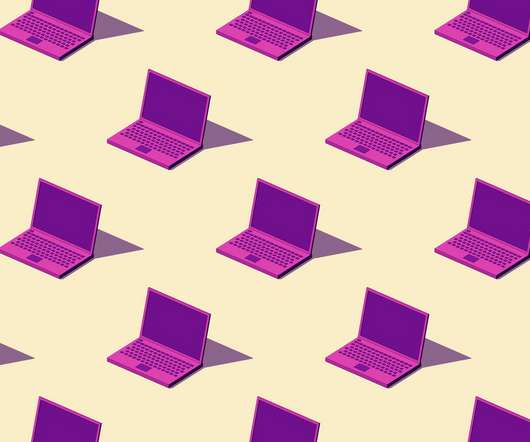
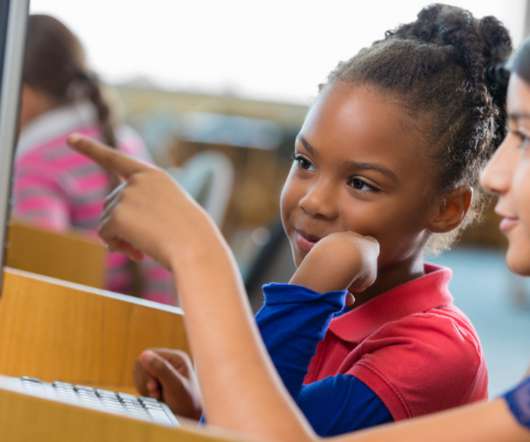
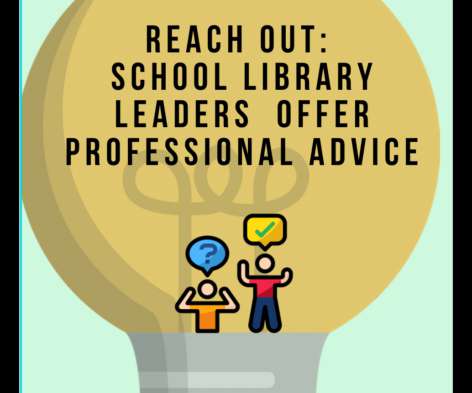

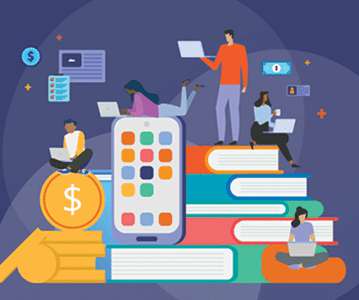



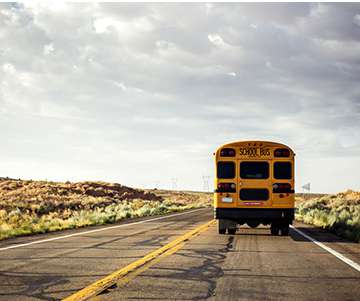

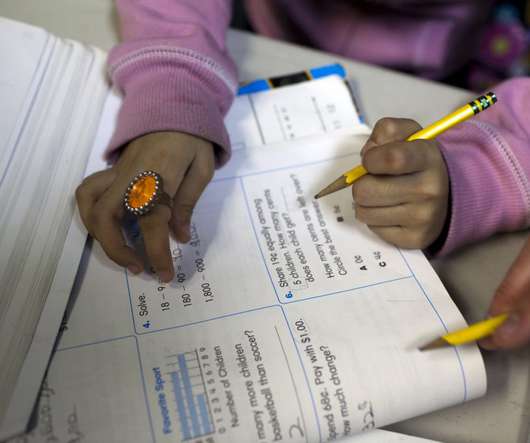














Let's personalize your content